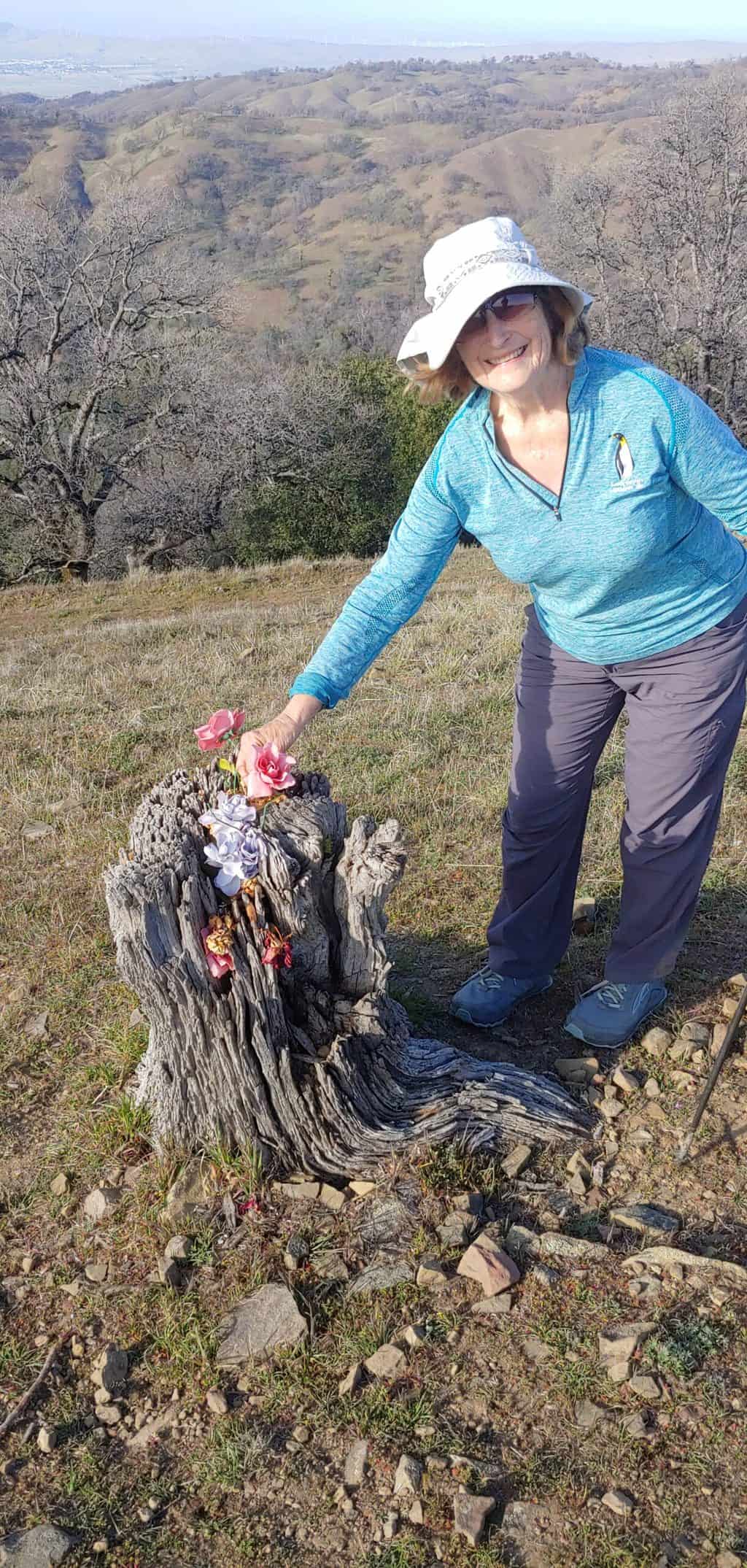Susan Alcorn’s Backpacking & Hiking Tales and Tips, #294 July 2024
HAPPY JULY 4th! Both Ralph and I just got hit with COVID (for the first time!), we won’t be celebrating, but we sure have in the past!

It sure would be fun to read them, so I encourage you to send in items of interest to the hiking community.
Contents:
1.PCTA has an app now!
2.The newly-minted “Capital to Tahoe Trail”
3.Ticks
4.Keeping Your Cool
5.John Muir Trail Hikers: How to reach Yosemite NTL park trailheads via public and private carriers.
6.Much is coming up with ALDHA-West.
Articles:
#1. The Pacific Crest Trail Association (PCTA) has launched the PCT Closures App. June 25. “We are thrilled to announce the launch of a brand-new smartphone app and website at closures.pcta.org designed for all who love the PCT. It’s free to use and can provide “critical trail closures and ‘trip-altering” updates along the PCT.” What’s closed, destroyed, or on fire is perhaps the most important information you can have.”
“The PCT Closures App is available for download on both the Apple App Store and Google Play Store. The website version is live now as well – check it out. Plan ahead and prepare, and check for updates often. Your trip, and your life might depend on it.” Download here: https://www.pcta.org/blog/
#2. A new side trail/quests is now open to PCT hikers. The 16-mile Capital to Tahoe Trail provides adventure seekers access to an incredible trail system in the Sierra Nevada mountains. “Eight years in the making—the trail is a gateway from Carson City, Nevada, to the Tahoe Rim Trail, connecting to the Pacific Crest Trail.”
“The quest from Carson City to Canada is estimated to take two to three months. “The Capital to Tahoe Trail provides the first non-motorized singletrack connection from Carson City, NV to the Tahoe Rim Trail and trails in the Lake Tahoe region. From the steps of the Capitol building in Carson City, a hiker is now able to quickly reach a singletrack trail that could take them on an incredible journey of 1,152 miles to Mexico or 1,606 miles to Canada.
The trail required partnerships from Carson City, Nevada Division of State Parks, USDA Forest Service and private property owners. Muscle Powered, the nonprofit organization responsible for the creation of the trail, will be formally recognized for this achievement on March 6, 2024 in Washington, D.C.”
#3. More about ticks: Last issue, I wrote about our recent experience with ticks—namely warning that they are out there. Here is what to do after a tick bite–including how to remove a tick. For more general info from the CDC, go here.
#4. Keeping Your Cool. Many places in the U.S. are extremely hot right now. That’s not the ideal weather for hiking in my opinion—and according to many sources, it can be extremely risky to hike when temperatures climb. However, there is much you can do to mitigate the situation.
According to Hike On, “Recent studies have shown that the optimum temperature range for long-distance walks or hikes is 50 to 55 degrees F. Above this range is considered hiking in hot weather, when a hiker’s performance degrades as much as two percent for every five-degree increase in temperature.”
According to Penn State: Age matters: “Studies have shown—when you look at the statistics, most of the people who die during heat waves are older people,” W. Larry Kenney, professor of physiology and kinesiology at the school said, “The climate is changing, so there are going to be more — and more severe — heat waves. The population is also changing, so there are going to be more older adults. And so it’s really important to study the confluence of those two shifts.”
“… young, fit, healthy people tend to tolerate heat better,” “Kenney said. “Older people, people on medications, and other vulnerable populations will likely have a tolerance limit below that.”
“However, because “humans adapt to heat differently depending on the humidity level, there is likely not a single cutoff limit that can be set as the “maximum” that humans can endure across all environments found on Earth.”
According the S.F. Chronicle: “Heat kills more in U.S. than other weather disasters,” reads the headline of an article by Catherine Ho in the San Francisco Chronicle today (7/3/24). She reports (from the National Weather Service) that in the last decade, “an average of 188 people died each year from heat—representing nearly half of all weather-related deaths–such as floods, tornadoes, and hurricane.
Gina Soloman, chief of the division of Occupational, Environmental and Climate Medicine at UCSF, says, “Heat harms more people that other extreme weather events because many people underestimate it’s impact and don’t take precautions.” Note that deaths caused by heat not only include heat stroke, but “may also include heart attacks, strokes and kidney failure,” according to Dr. Soloman.
Susan’s Compilation of Suggestions and Tips for those who plan to hike, backpack or otherwise exercise when it’s hot. NPR’S, “How to exercise safely in the heat” by Suzette Lohmeyer. UPDATED AUGUST 11, 20238:12 PM ET. had a wealth of information.
Consider these:
1) Time of Day: Generally, the best choice is early morning. Second best is likely to be late afternoon or nearly evening—though the sun may have heated up your surroundings. Avoid the mid-day intense rays of the sun. If you must be out mid-day, or other times of day, choose a shadier place to exercise.
Wear loose-fitting clothing of material that is sweat-wicking. That allows your skin to perspire and cool. Avoid cotton. Wear sunscreen—apply well before you start out and re-apply as needed.
Susan adds: I’m not sure all agree with this, but Carol Ewing Garber, professor of movement science at Columbia University, says exposing more skin (as long as you also wear sunscreen, and avoid the brightest hours of the day) can be helpful, too. She adds that this is because “the more skin you have exposed to the atmosphere the easier it is for sweat to evaporate.”
Susan adds: Use a hiking umbrella. Though I have no way of scientifically measuring the increased benefit and impact of using a hiking umbrella, I have experienced the difference in comfort level when using one.
3) Cool yourself: Drench yourself/ drench your hat and clothes with water.
4) When to eat: Garber says it’s fine to eat a light meal at least an hour before you exercise, two-three hours prior for a hearty meal. You don’t want to eat immediately before you head out. Your body needs time to digest your food beforehand. In addition, you don’t want the added body heat that digesting your food produces.
In addition, stuffing yourself after heavy exercise is not wise because your body needs time to cool to return to normal again.
5) When to drink: Stay hydrated: Tank up before you start exercising—at least an hour beforehand. Garber recommends replenishing what’s lost during your workout by drinking somewhere between a half liter to a liter for every hour you’re exercising in the heat.
Drink water (preferably cold). IF you’re exercising longer than an hour, consider a sports drink to replenish sodium and electrolytes.”
Electrolytes: This article, from Utah State University discusses the use of electrolytes, compares products now available AND provides a recipe for making your own electrolyte beverage. Sip Smart: Homemade Electrolyte Drink Recipe
6) How do you know if you’re dehydrated? Check the color of your urine. Clear or close to it, is good. Dark yellow or brown is a warning. And if you haven’t peed as much as usual, that is a good sign you are dehydrated. Hyponatremia—drinking too much water is the result of drinking electrolyte deficient sources. “
7) Know the difference between dry and humid heat and take that extra water vapor into account. In general, dry heat is easier on your body because your sweat helps you cook and stay in a healthy manner.
8) Ease up in the heat and acknowledge your limits. When you exercise even in perfect conditions, there’s a lot of competition among different body parts for oxygenated blood, says Garber. “Your body is trying to send blood to your heart to keep it moving and to your skin to cool you down and to the area of the body you’re exercising,” she explains. “And you only have about five liters of blood, so it can really put a stress on your cardiovascular system. That’s on a good day.”
9) Know the warning signs of heat exhaustion and heatstroke and, and what to do. The warning signs of heat exhaustion include fatigue, extreme thirst, nausea, headache, shortness of breath, rapid breathing, muscle cramping and just a general sense of lightheadedness.
For heat exhaustion: According to Matthew Madison Leonard, MD at John Hopkins Emergency Center. Stop the activity; spray them with water. . Most important places to cool are the head and face, the arm pits, and the groin, he says. “These are all areas of high blood flow and, when cooled, the blood near the surface is transported back toward the core of the body and sent to the vital organs.” Link to NPR article here.
The warning signs for heatstroke (a much more serious emergency, includes the above and can also include confusion—meaning the person suffering may be in denial about their state. Other signs may be: vomiting, seizures, cardiovascular collapse or passing out and a lack of sweating. For heat stroke: the CDC recommends:
Call 911 for emergency medical care.
Stay with the worker until emergency medical services arrive.
Move the worker to a shaded, cool area and remove outer clothing.
Cool the worker quickly, using the following methods:
With a cold water or ice bath, if possible
Wet the skin
Place cold wet cloths on the skin
Soak clothing with cool water
Circulate the air around the worker to speed cooling.
Place cold wet cloths or ice on the head, neck, armpits, and groin; or soak the clothing with cool water.
10. Think clearly: Hikers and backpackers, runners, and others who enjoy outdoor activity often find it hard to postpone or quit their activity. But, it’s important to listen to your body. When hot weather starts up, we may feel the urge to get outdoors, but it takes time for the human body to adapt to big changes in temperature and/or humidity. So instead of risking your health, even life, by jumping in–slow down and allow your body to adapt the the changing weather.
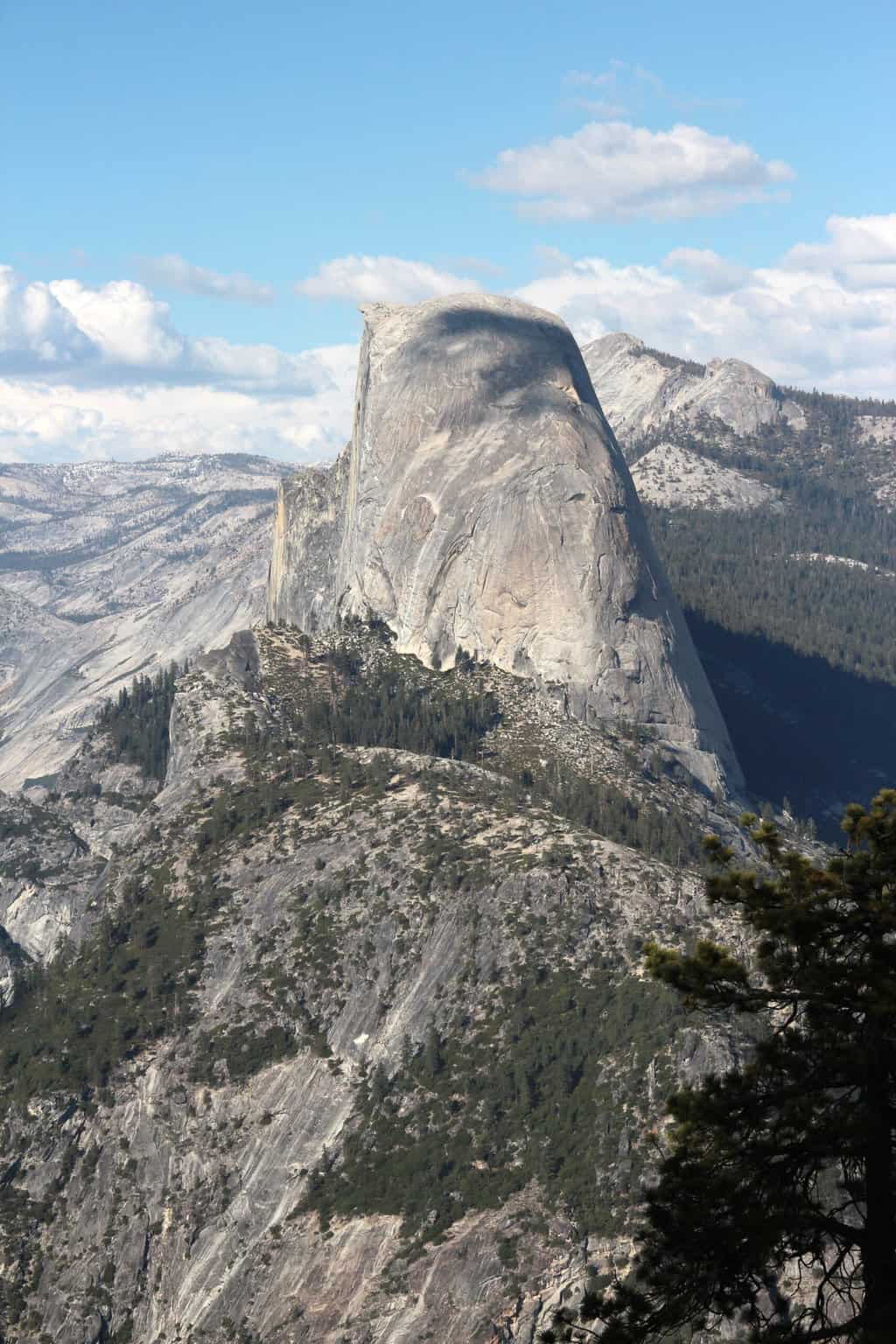 #5. John Muir Trail. Facebook group, Administrator, Inga Aksamit. “See the private shuttle list that is authorized by both Yosemite National Park and Inyo National Forest on the Yosemite website (see the last menu item called “Point to Point Transportation for Hikers”). Link here.
#5. John Muir Trail. Facebook group, Administrator, Inga Aksamit. “See the private shuttle list that is authorized by both Yosemite National Park and Inyo National Forest on the Yosemite website (see the last menu item called “Point to Point Transportation for Hikers”). Link here.
“Inyo has a list of authorized service providers but currently do not list shuttle drivers. They have informed me of several who are authorized, and they match up with the Yosemite list. They plan to update their site with shuttle providers when they can get to it. Note that East Side Sierra Shuttle is mentioned on the Inyo site as *not* being an authorized shuttle provider.”
“The graphic I (Inga) have used in the past is outdated and has been removed by Inyo National Forest and should not be circulated in the future.”
Another option: DISCOVERYOSEMITE.COM. Yosemite Tours by Discover Yosemite. These are day tours of Yosemite National Park in small, comfortable buses with fun, intelligent guides! Departs from hotels in Oakhurst, Bass Lake and Coarsegold, California.
Susan: More info will be coming out–stay tuned on Facebook.
#6. ALDHA-West (American Long Distance Hiking Association-West) is the organization that awards the Triple Crown of Hiking to those who have completed the Appalachian, Pacific Crest, and Continental Divide Trails. They also organize several hiking events—including the regional RUCKS and a Gathering. The group also awards scholarships to some who need a financial boost to be able to hikes the trails.
The ALDHA-West’s TRIPLE CROWN APPLICATION period has now opened and ALDHA-West will continue to accept applications until August 31. If you have completed the Triple Crown, follow the link here to apply.
The Gathering 2024 will be held Sept 27-29 is at Camp Augusta in Nevada City, CA. It is a fun time to meet or reconnects with other hikers and share trail stories, enjoy some good food, and kick back. You’ll enjoy hearing from world class speakers, experience the award ceremony of the Triple Crown Hikers, and more.
+++++++++++++
Thank you everyone. Stay well, keep hiking when prudent. I encourage you to send in items of interest to the hiking community to me at backpack45 “at sign” yahoo.com
Susan “backpack45” Alcorn
Shepherd Canyon Books, Oakland, CA
https://www.susandalcorn.com
https://www.backpack45.com
Author of Walk, Hike, Saunter: Seasoned Women Share Tales and Trails; Healing Miles: Gifts from the Caminos Norte and Primitivo; Patagonia Chronicle: On Foot in Torres del Paine; We’re in the Mountains Not over the Hill: Tales and Tips from Seasoned Women Backpackers; and Camino Chronicle: Walking to Santiago.
Please note: Hiking and backpacking can be risky endeavors. Always be prepared for emergencies and carry food, water, shelter (warm clothing, etc.), flashlight/headlamp, matches, first aid supplies, and maps. Cell phones don’t always work. Leave word where you are traveling and when you are due back.
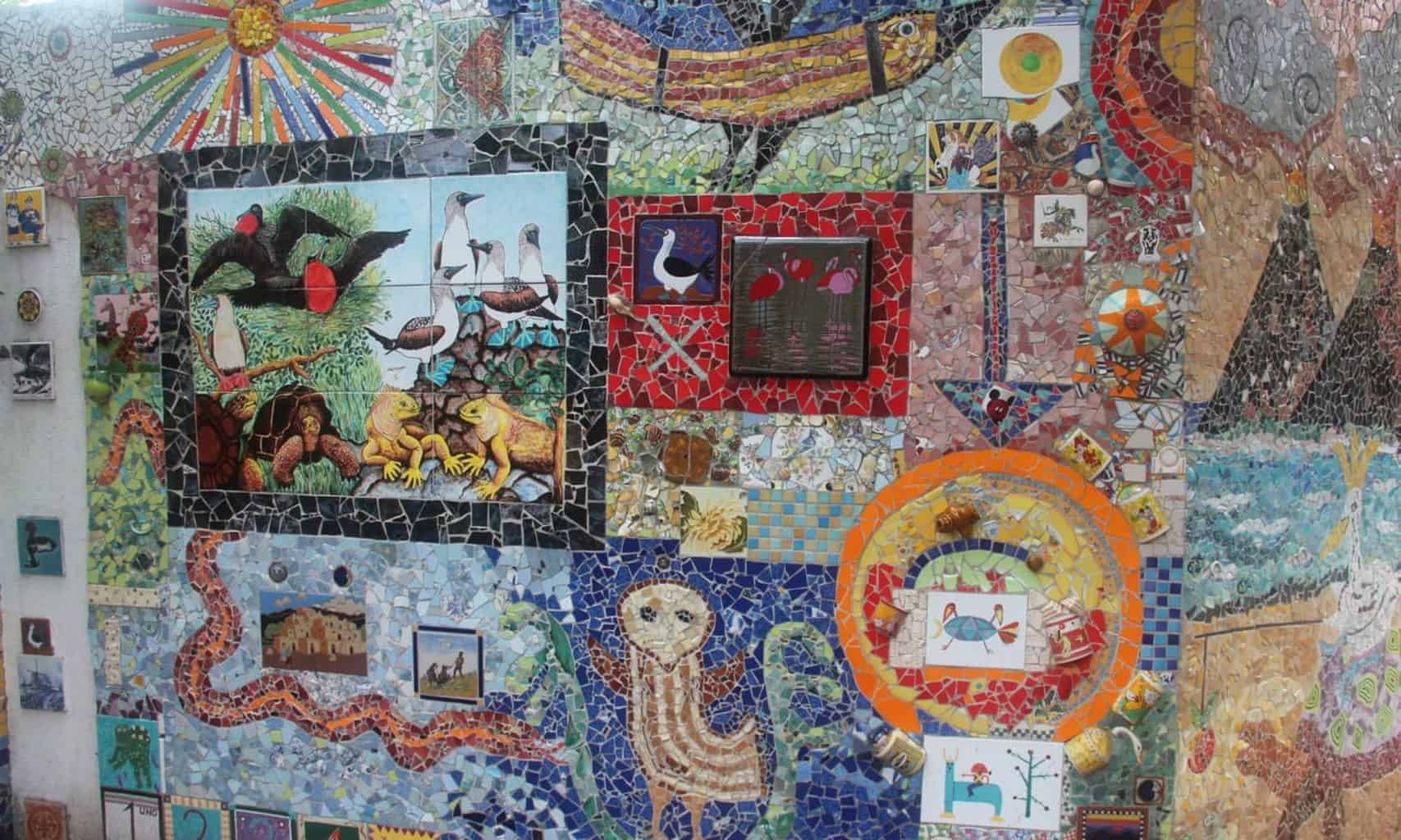



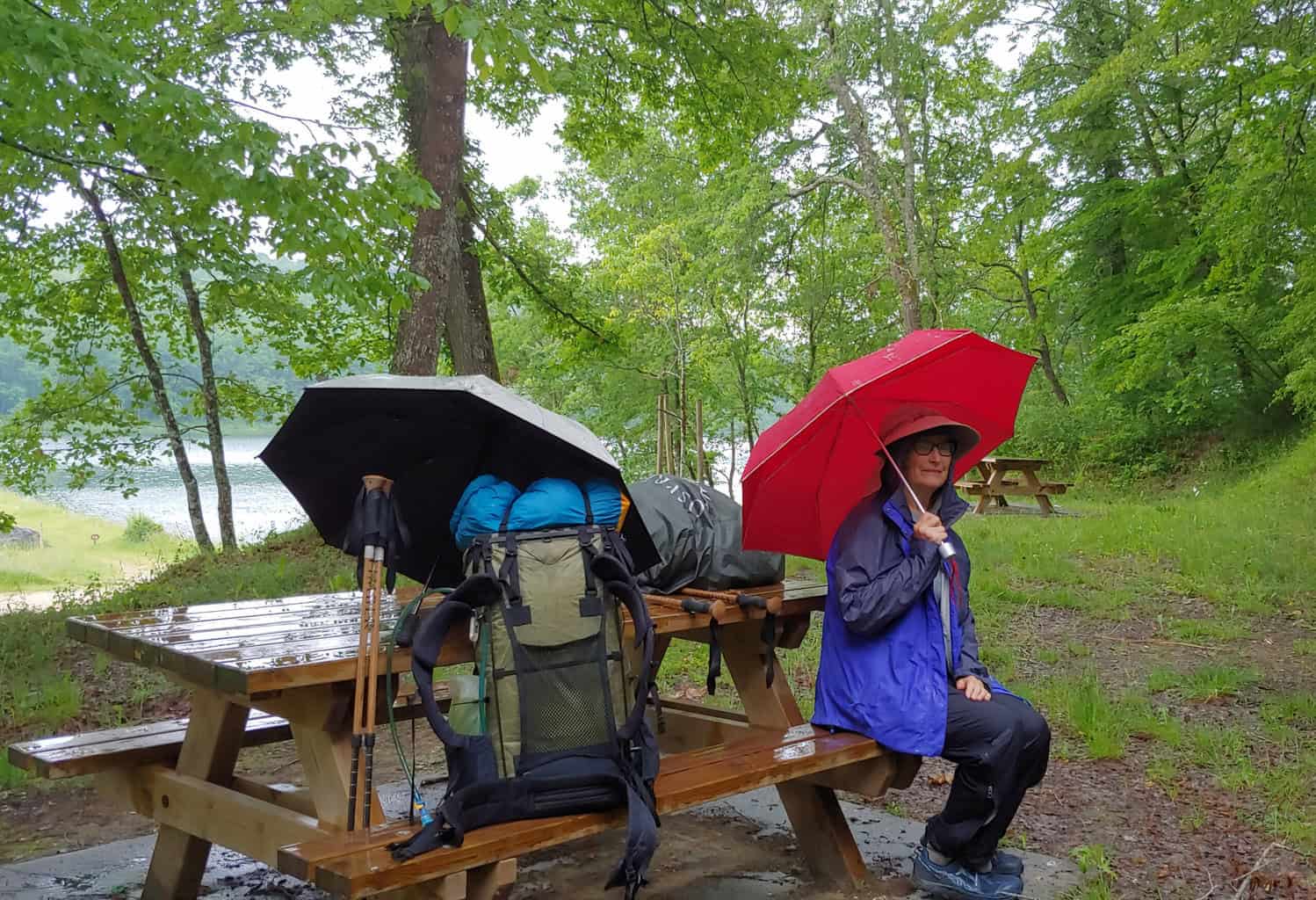


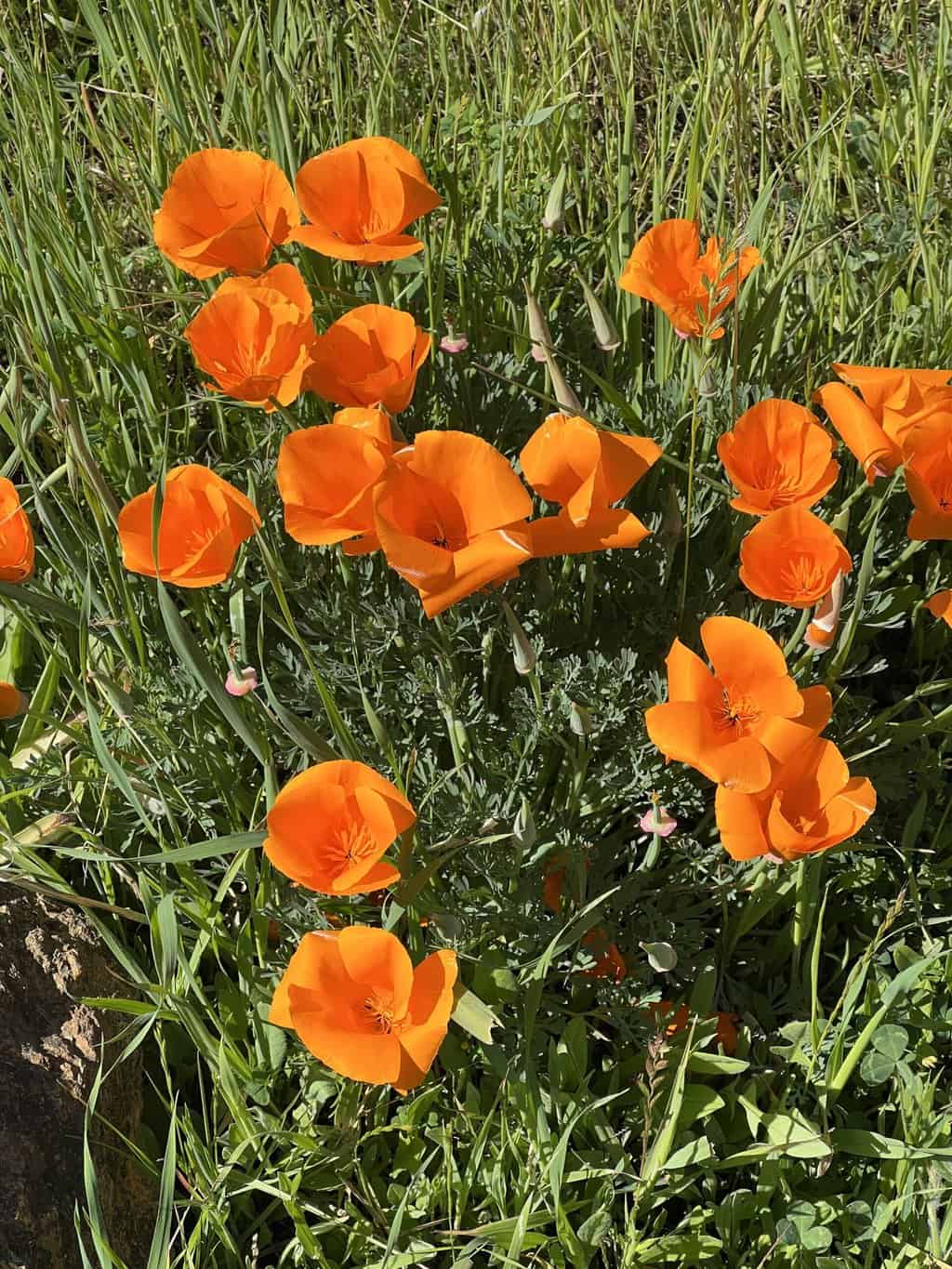
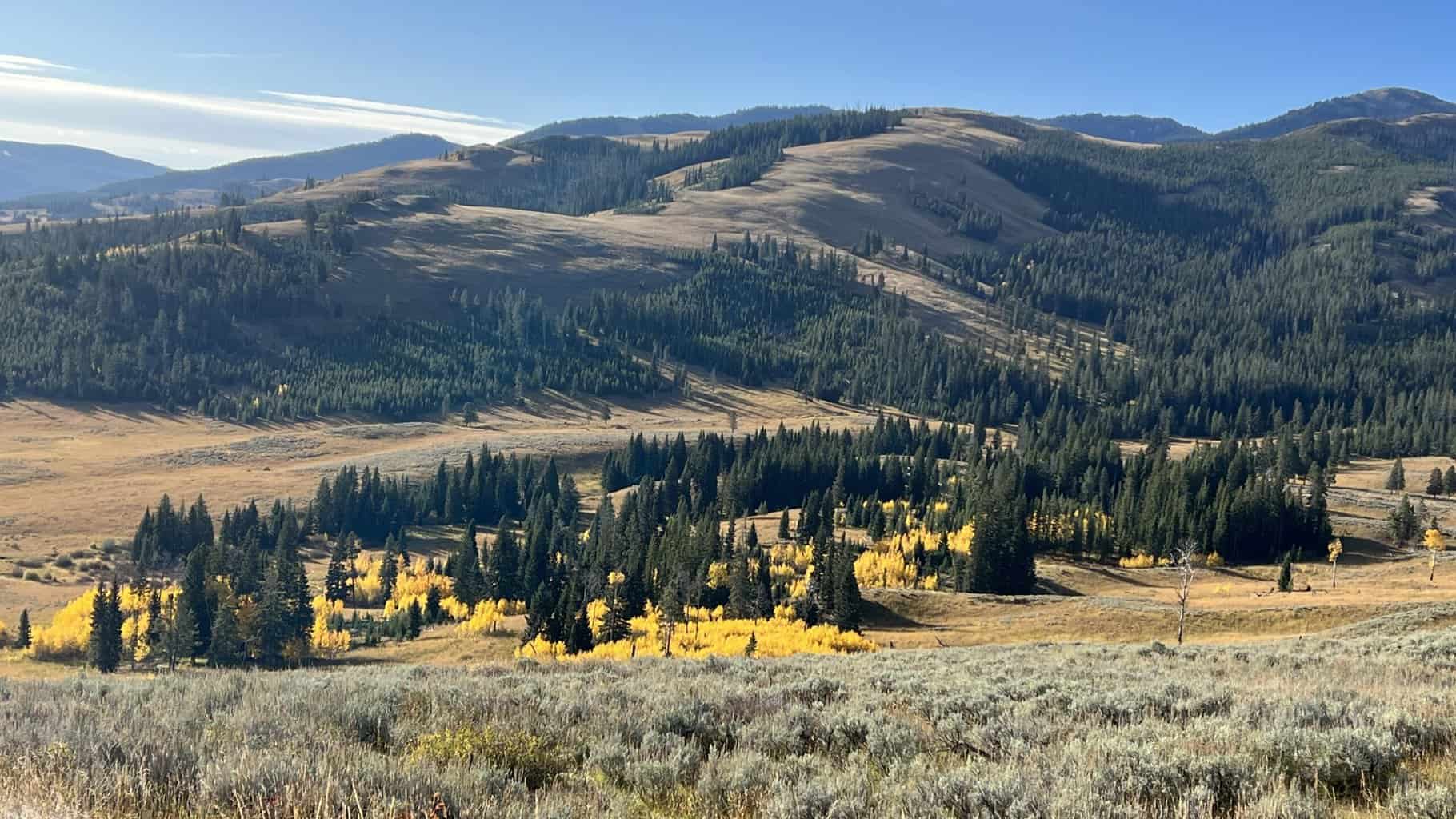
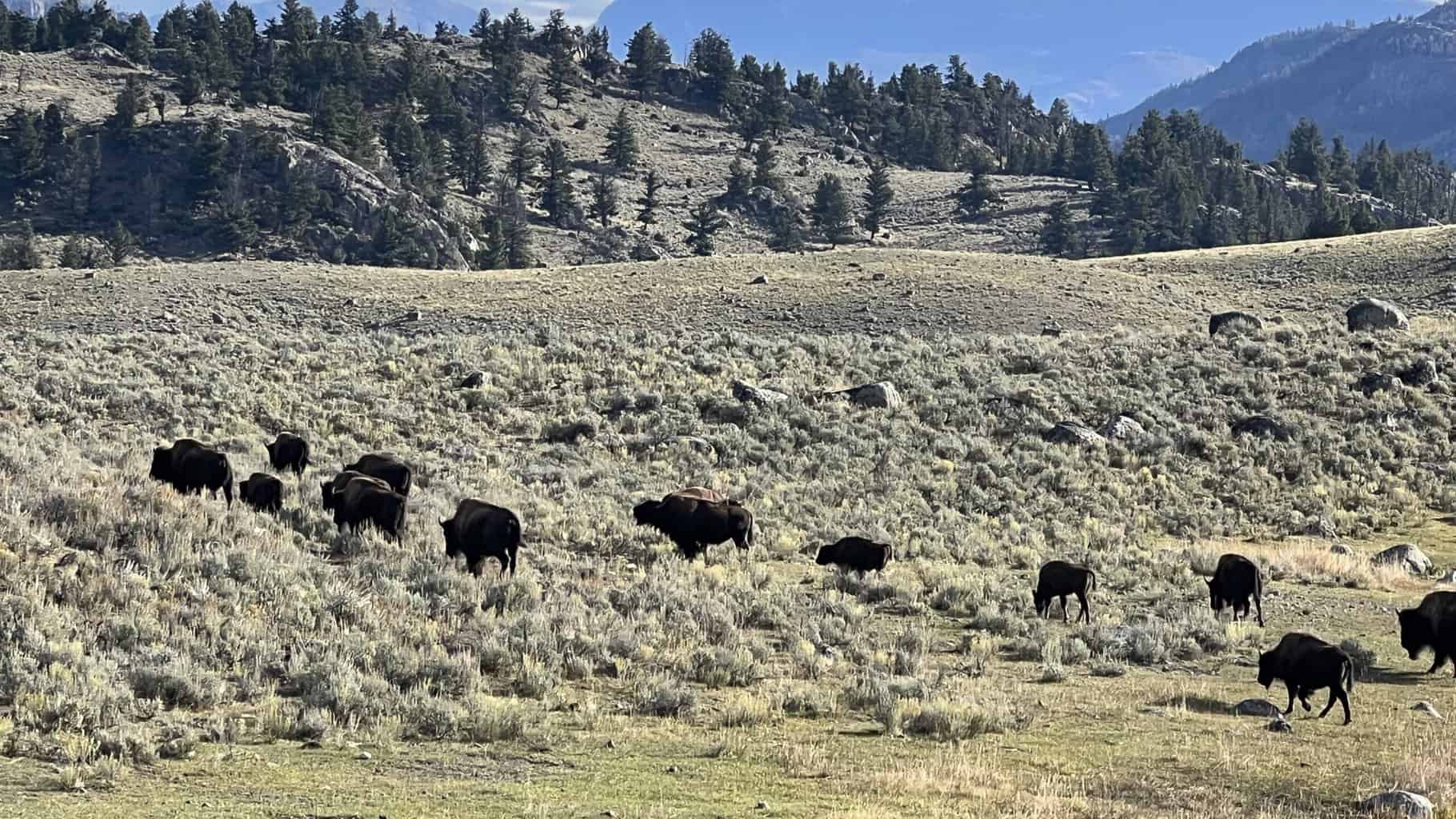
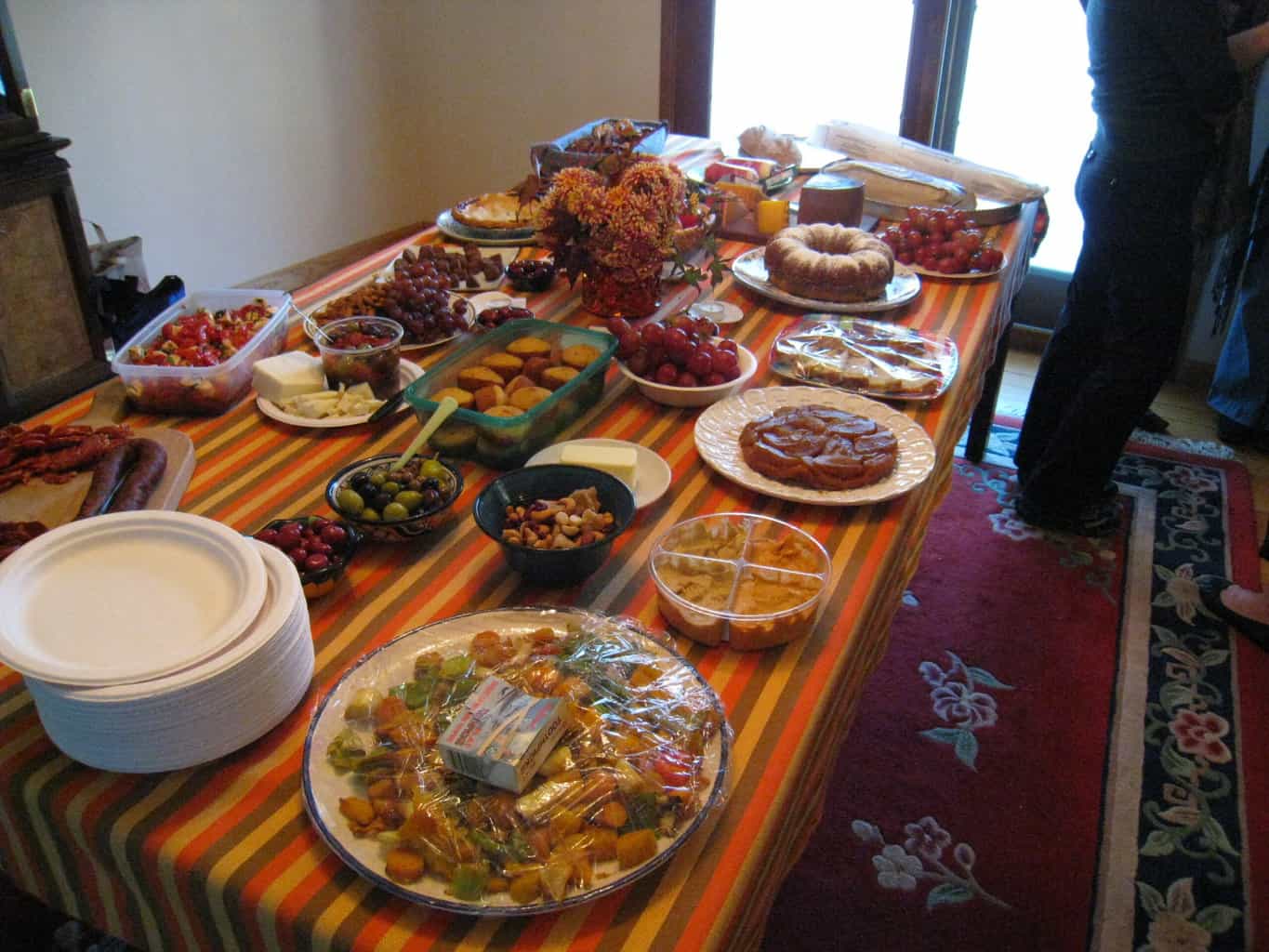
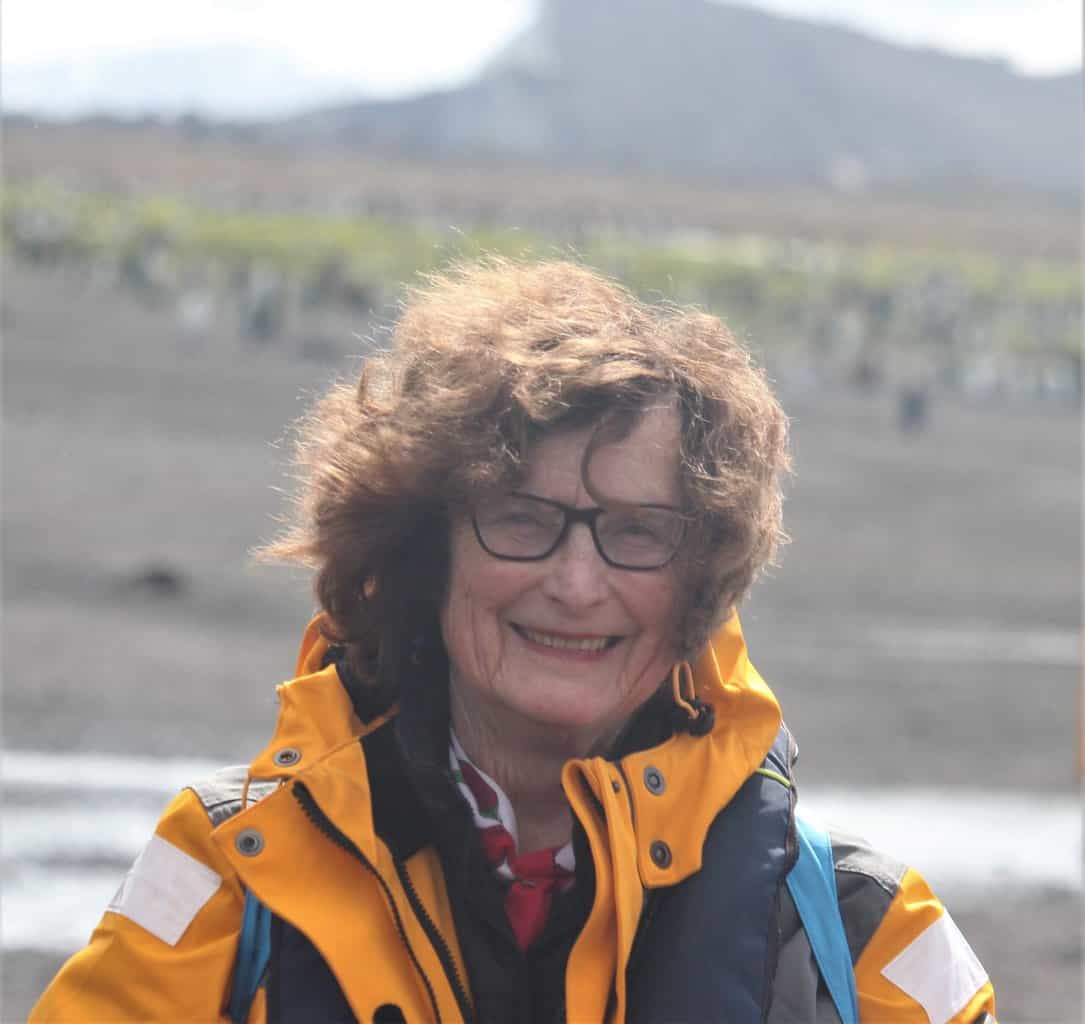 Thank you everyone. Stay well, keep hiking when prudent. I encourage you to send in items of interest to the hiking community to me at backpack45 “at sign” yahoo.com
Thank you everyone. Stay well, keep hiking when prudent. I encourage you to send in items of interest to the hiking community to me at backpack45 “at sign” yahoo.com